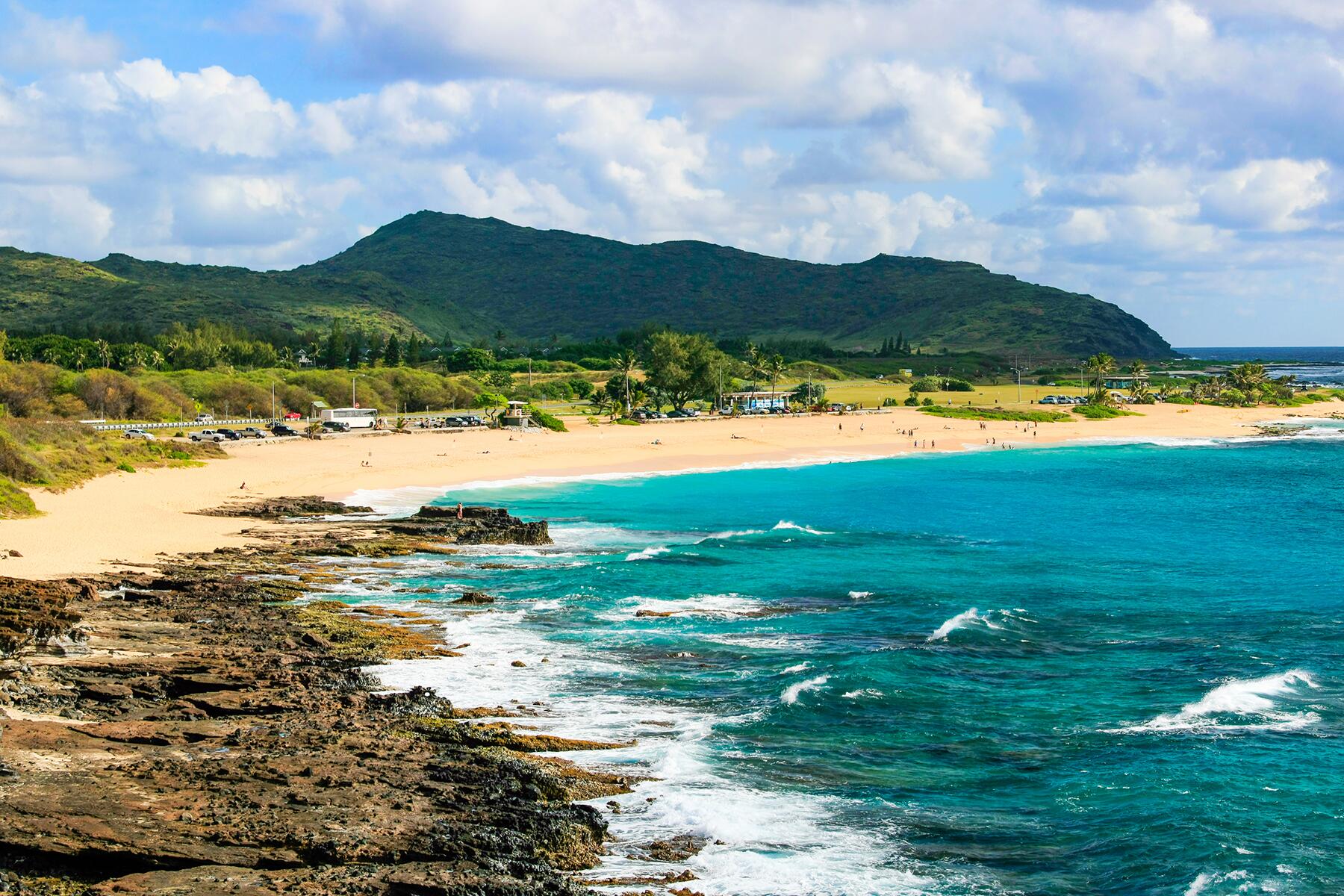A hike up Kilimanjaro, Africa’s tallest mountain, ascends through five breathtaking habitat types packed with interesting flora and fauna.
There’s no question Tanzania’s Mount Kilimanjaro is an icon. Africa’s highest peak at 19,341 feet draws serious, seven-summits mountaineers. But thanks to its relatively forgiving topography, Kilimanjaro is a dream destination for all sorts of folks hoping to achieve something extraordinary. Hikers embarking on the five- to nine-day trek up and down the world’s tallest freestanding mountain will find the view everchanging. The landscape morphs with altitude, as does the specially adapted flora and fauna.






